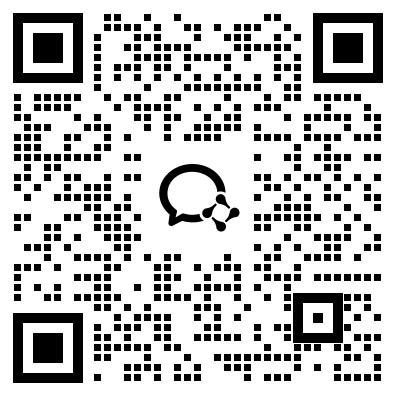C-105. .04 series III tests. Extract from P/Wind Tunnel/79: CM and CD versus CL
收藏Mendeley Data2024-01-31 更新2024-06-27 收录
下载链接:
https://nrc-digital-repository.canada.ca/eng/view/object/?id=a1ed5e18-5dc4-445a-99eb-71bcfc7bf10d
下载链接
链接失效反馈资源简介:
Distribué en ligne par le Conseil national de recherches du Canada
创建时间:
2024-01-31



